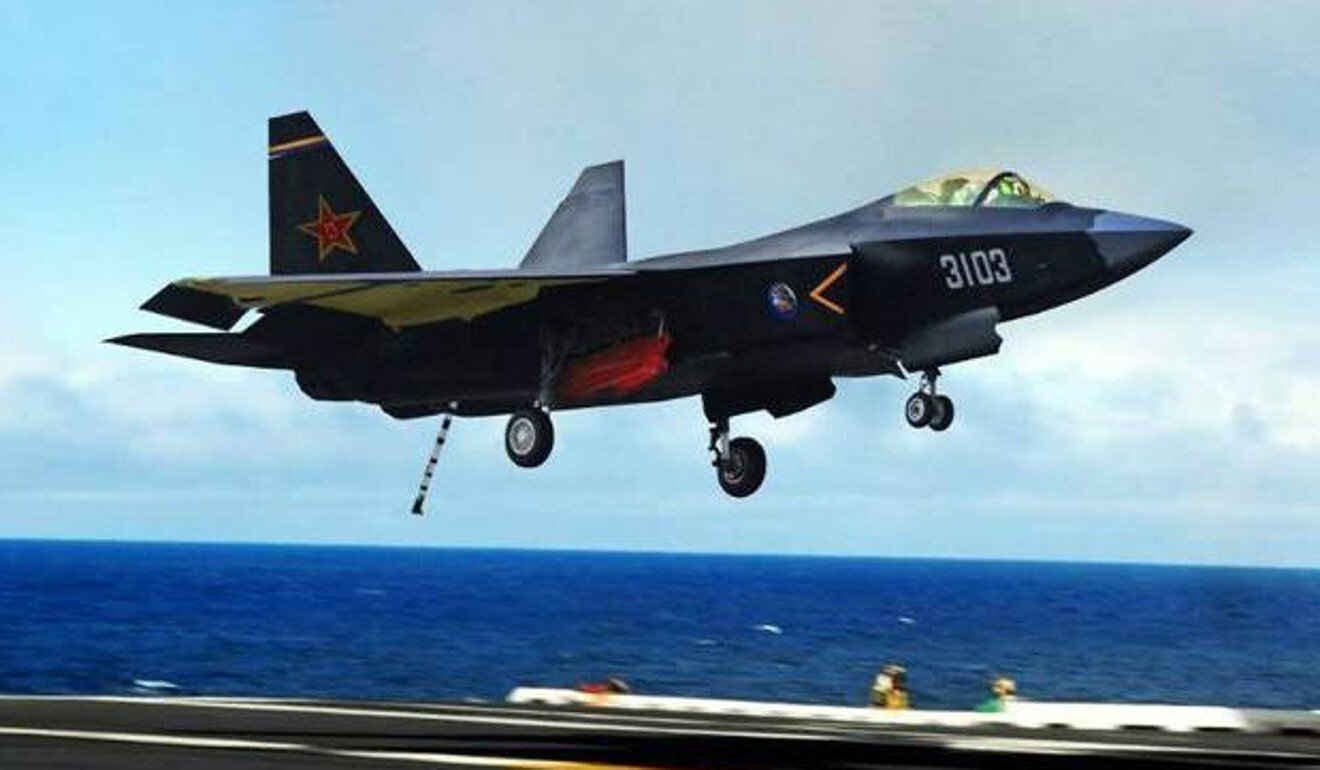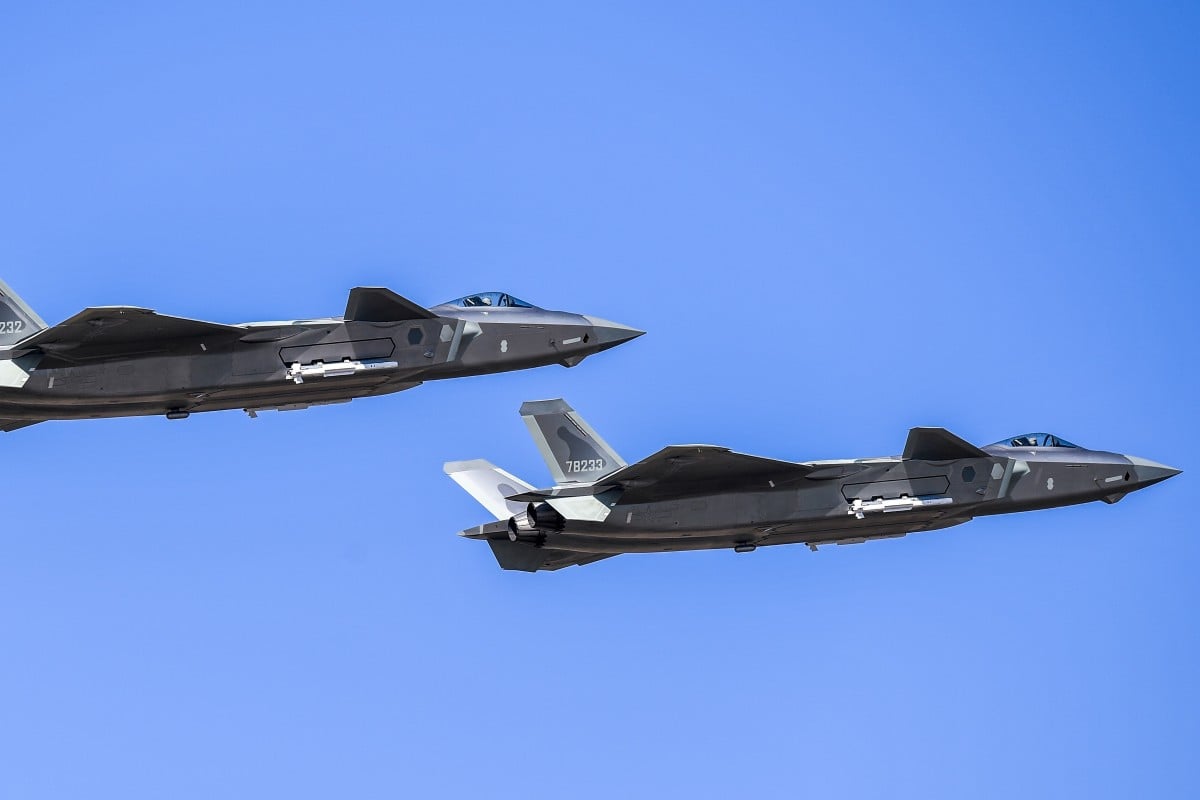As tensions between Beijing and Washington continue to rise, China’s military aircraft designers are racing to develop a next-generation fighter jet for use on the nation’s aircraft carriers capable of competing with their American rivals.
The two contenders are Chengdu Aircraft Design Institute (CADI), which is working on a modified version of its J-20, and Shenyang Aircraft Design Institute, which is adapting its FC-31.
While both aircraft have been in development for many years, CADI’s chief designer, Yang Wei, said recently the J-20 was a better match for US fighters.
The aircraft was inspired by American theories on air combat and jet development, he said in a recent article published in the Chinese journal Acta Aeronautica et Astronautica Sinica.
Military observers said that by openly stating he had learned from American ideas, Yang was trying to promote the modified J-20 as a superior option to the adapted FC-31, which is based on much older, Soviet, designs.
The designer also said in the article that the US military had been able to develop a carrier-based jet fighter and put it into mass production in less than six years.
“If the [Chinese] leadership decides to use the FC-31 as the platform for the new carrier-based fighter, it would be at least 10 years before it was ready for full deployment, by which time the Americans would be even further ahead,” said a person with links to the military, who asked not to be named.
Yang said in the article, which was widely shared on military news websites, it was essential that the next-generation fighter had a long combat range, enhanced stealth capabilities and a bigger weapon load.
Beijing-based military expert Zhou Chenming said Yang wanted to prove the J-20 was not only a fifth-generation fighter, but could be a platform for “advanced induction reaction devices and other new technologies” capable of targeting the shortcomings of its American rival, the F-22 Raptor.
Fifth-generation fighters feature stealth technology, supersonic cruising speeds, super manoeuvrability and highly integrated avionics.
Zhou said that in the past, China’s aircraft designers had been heavily influenced by Russian thinking and because of that focused almost exclusively on the fighting capabilities of their jets. But Yang, he said, stressed the need to consider other factors as well.
“Because of the Russian influence, Chinese designers ignored things like avionics systems and weapons,” Zhou said. “Russia’s MiG-29, for instance, had no chance of competing with its American counterpart, the all-weather multirole F-16.”

China’s FC-31 is up to 12 tonnes lighter than the J-20. Photo: Weibo
One possible disadvantage of the J-20 as a carrier-based fighter is that it is much heavier than the FC-31. China’s newest aircraft carriers will be fitted with an electromagnetic catapult launch system, which although reducing take-off times comes with a weight restriction.
With a maximum weight of 25 tonnes, the FC-31 is up to 12 tonnes lighter than the J-20 and about three metres (10 feet) shorter.
The FC-31 was developed to match the United States’ F-35, which was built by Lockheed Martin and the platform for the carrier-based F-35B and F-35C.
Despite that comparison, Macau-based military expert Antony Wong Tong said the FC-31 was no match for the F-35 in terms of manoeuvrability or firepower.
“Based on China’s current technology and production capacity, the PLA Navy should choose a reliable platform that has a long combat range and potential for development. And the best choice for that is the J-20,” he said.

No comments:
Post a Comment